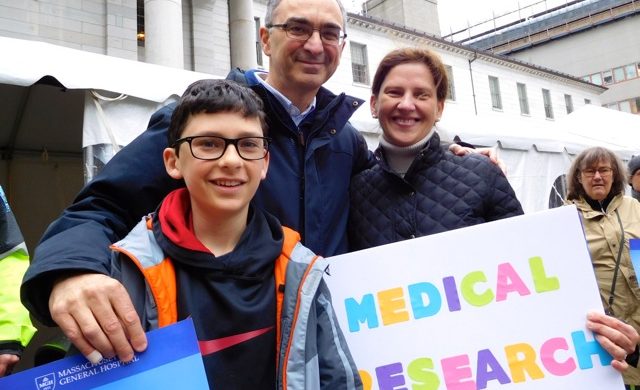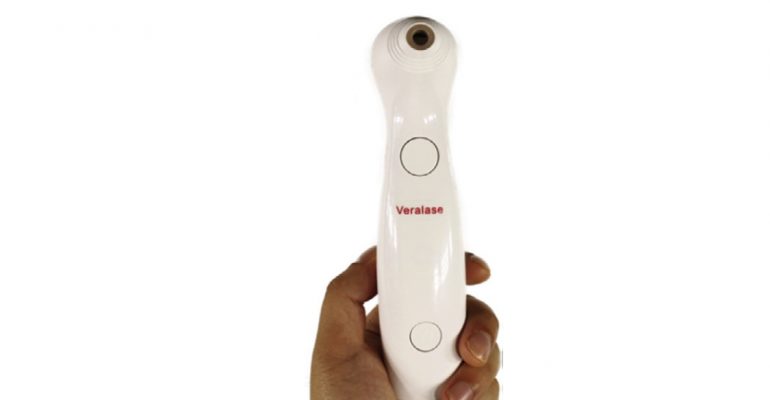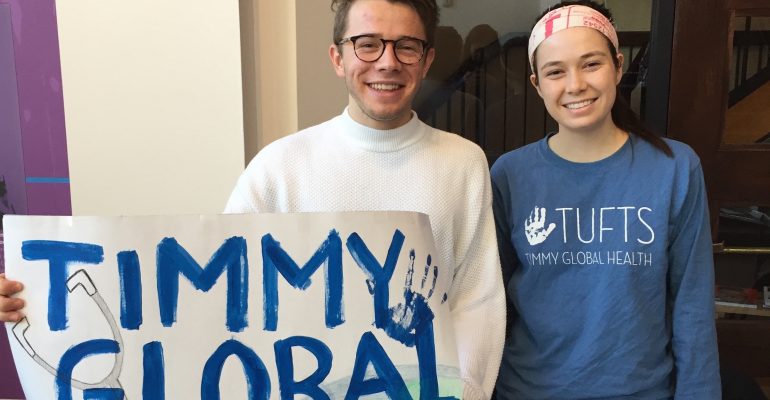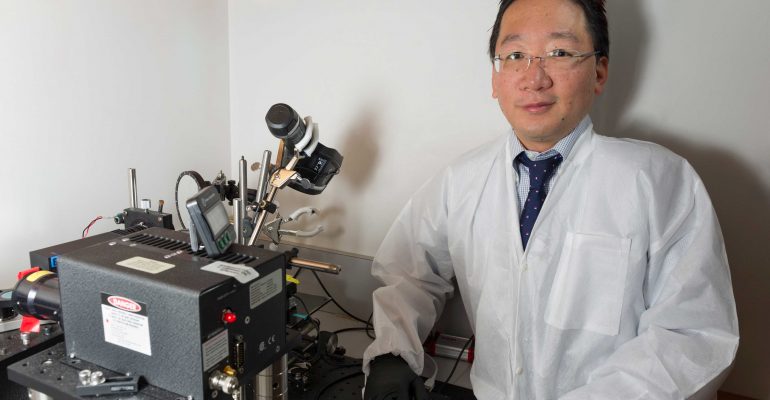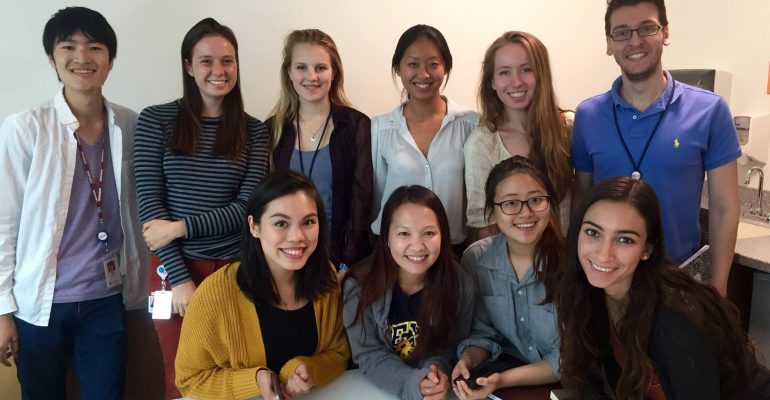There is something in common between the 10th century BC in ancient Greece, the 17th century in Baroque-style Europe and in the US today; philanthropy! Now, more than ever, philanthropic help is essential. Philanthropy is not solely restricted to the arts, philosophy and culture in general, but has been elevated to embrace a more general “love of humanity”. And, if in the past that love of humanity was ascribed mainly to culture and art, it has expanded to encompass science and technology. The upward progress of humanity comes though science and technology and through the re-evaluation of human values. Although philanthropy has become chic and can attract celebrities and the wealthy, it can really boost and support science research; especially as government financing has continued to plunge in recent years. From Silicon Valley to Wall Street (mainly in the high-tech sectors) the new philanthropists have made science philanthropy hot and attractive. Social progress is now, not only achieved through culture and art, but also through scientific research. This private support has, however, also raised questions about the future of research for the public good. Philanthropy can change the direction of research; this is a fact, although controversial as it is filling the gaps left by the reduction of government funding and so becomes more important than ever. But, many ideas are not funded by federal funds because of skepticism or because they are considered too risky. Philanthropy can, therefore, be used in these situations to catalyze ideas at the very early stages. Once these ideas are successfully developed, government funding can be more easily obtained and used to expand and develop the initial idea further.
VIC has already envisioned the possibilities and embraced philanthropy as a crucial part in the support of specific projects and pilot studies. Private philanthropy has contributed actively to the success of VIC, shaping VIC to the center it is now. Without this support, VIC would not have made important scientific discoveries and developments. In particular, many of these private investments are intelligently and successfully used during the early phase of a project (or a study). Scientists leading these projects receive unique mentorship, guidance and support from the VIC management team which enables them, and VIC, to leverage funding from government organizations. Although it might appear a simple strategy, VIC has anticipated, and predicted, this as a successful path to accelerate the development of novel studies to “survive” in the increasingly challenging environment of government funding for scientific research.
One of the most interesting aspects of modern philanthropy is that is not confined to the rich. Literally anyone can be a philanthropist and make an impact towards social progress. Science can benefit from everyone’s generosity, whether they are wealthy individuals or not, and the latter may well share a bigger percent of their income to charity and philanthropy. It is not a matter of how much a person can donate but rather where and how that person wants to make their donation. Indeed, VIC has a group of young professionals who are actively involved in arranging events to help raise funds. We can all contribute to the love and good of humanity and one way to do it is to focus on science philanthropy!



